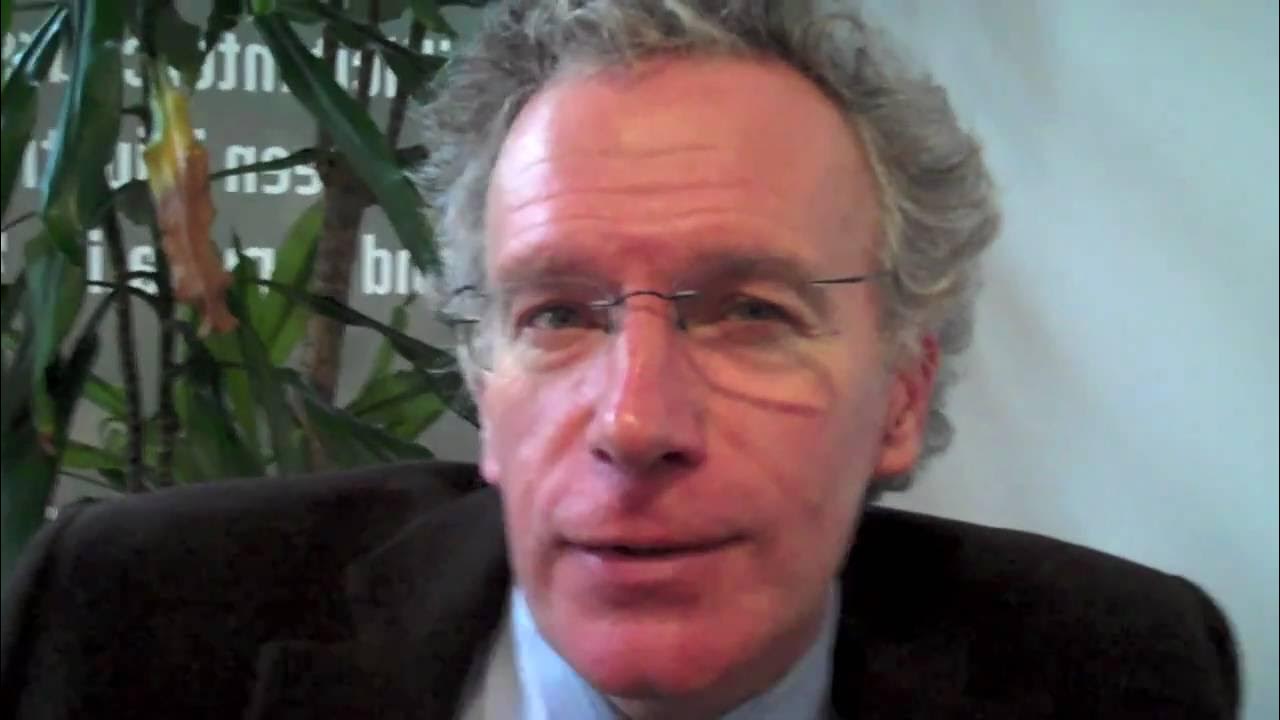Scott Galloway Describes the Tough Future Facing Gen Z | WSJ News
Summary
TLDRIn a thought-provoking discussion, the speaker addresses the economic struggles faced by today's youth, highlighting how current policies favor older generations and exacerbate wealth inequality. With alarming statistics, they emphasize the mental health crisis among young people, the burden of student debt, and the inadequacies of higher education. The dialogue critiques the approach to diversity and inclusion, arguing for a focus on need and adversity rather than race. Ultimately, it calls for a generational shift in leadership and policies that prioritize investment in youth and equitable opportunities.
Takeaways
- 😀 The U.S. faces significant division, and strategic psychological operations are employed to exacerbate these divides.
- 😀 The social media landscape, especially TikTok, is heavily influenced by targeted content promoting divisive narratives.
- 😀 There's a noticeable disparity in the visibility of pro-Israel and pro-Hamas content on various social media platforms.
- 😀 The recent backlash against diversity, equity, and inclusion (DEI) initiatives has roots in legal decisions and evolving societal norms.
- 😀 Historical context shows that affirmative action was necessary in the past to address significant racial disparities in education.
- 😀 Current discussions about diversity often overlook socioeconomic factors, leading to a misalignment in DEI goals.
- 😀 The concept of diversity in admissions has shifted, with concerns that it sometimes prioritizes status over true diversity.
- 😀 The economic implications of DEI initiatives and their impact on student debt are critical but often ignored.
- 😀 Affirmative action should be based on socioeconomic need rather than solely on race or observable characteristics.
- 😀 A focus on quantitative measures of admissions and support can help create a more equitable system in education.
Q & A
What is the primary contention of the speaker regarding the economic situation of young people?
-The speaker argues that for the first time in American history, young adults are not doing as well economically as their parents, which is leading to widespread dissatisfaction and anger.
How does the speaker view the transfer of wealth from young people to older generations?
-The speaker believes that many economic policies represent a transfer of wealth from the young to the old, particularly through mechanisms like social security and tax deductions that benefit those who already own assets.
What does the speaker suggest about the effects of stimulus during the pandemic?
-The speaker critiques the stimulus measures for primarily benefiting older generations and contributing to rising asset prices, making it harder for young people to afford homes.
How does the speaker describe the current state of higher education?
-The speaker criticizes higher education for being a system that prioritizes the interests of incumbents and for failing to adapt to the needs of students, leading to excessive costs and debt.
What changes does the speaker propose for universities?
-The speaker suggests increasing freshman class sizes, cutting costs using technology, and significantly expanding vocational training opportunities to better serve young people.
What is the speaker's perspective on the current political representation of youth?
-The speaker believes that elected officials are largely out of touch with the challenges facing young people and advocates for younger representatives who can better relate to their experiences.
What does the speaker think about the relationship between youth dissatisfaction and campus protests?
-The speaker connects youth dissatisfaction to campus protests, noting that underlying anger often manifests in various forms of activism, though the responses may not always align with historical contexts.
How does the speaker assess the state of diversity, equity, and inclusion (DEI) initiatives?
-The speaker feels DEI initiatives have become overly complex and divisive, advocating instead for a focus on socioeconomic adversity rather than solely on race or gender.
What historical perspective does the speaker provide regarding affirmative action?
-The speaker acknowledges that affirmative action was necessary in the past to address racial inequities but argues that it should now focus on socioeconomic need instead of solely race-based criteria.
What is the speaker's call to action for young people?
-The speaker urges young people to engage in the political process by voting and advocating for policies that prioritize their needs and well-being.
Outlines

هذا القسم متوفر فقط للمشتركين. يرجى الترقية للوصول إلى هذه الميزة.
قم بالترقية الآنMindmap

هذا القسم متوفر فقط للمشتركين. يرجى الترقية للوصول إلى هذه الميزة.
قم بالترقية الآنKeywords

هذا القسم متوفر فقط للمشتركين. يرجى الترقية للوصول إلى هذه الميزة.
قم بالترقية الآنHighlights

هذا القسم متوفر فقط للمشتركين. يرجى الترقية للوصول إلى هذه الميزة.
قم بالترقية الآنTranscripts

هذا القسم متوفر فقط للمشتركين. يرجى الترقية للوصول إلى هذه الميزة.
قم بالترقية الآنتصفح المزيد من مقاطع الفيديو ذات الصلة

Is Right and Wrong Always Black and White? | Juan Enriquez | TEDxBeaconStreet

The End Of Poverty? | Think Again | Trailer | Documentary | Cinema Libre

Global Wealth Inequality - What you never knew you never knew (See description for 2017 updates)

Why Trump Won | Robert Reich

I Told You Something BIG is Coming & Now It's Here... - Richard Wolff

Fintan O'Toole on Ireland - SpunOut.ie Interviews
5.0 / 5 (0 votes)
